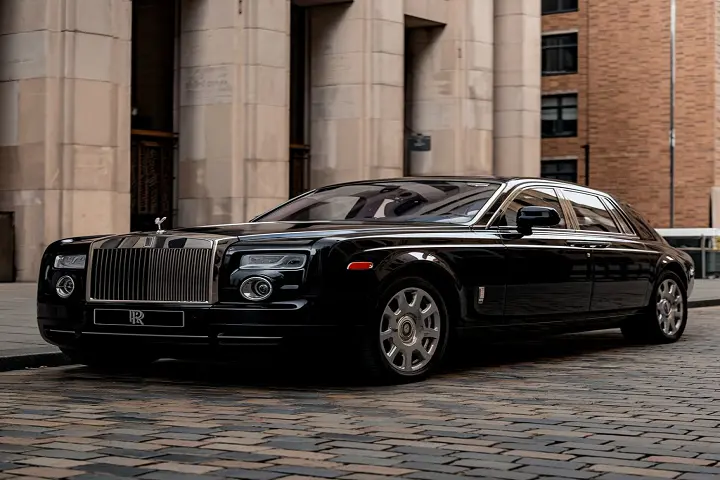In a world where luxury knows no bounds, the automotive industry continues to push the limits of opulence and engineering prowess.
Today, we’re diving deep into the realm of the most expensive car in the world – a vehicle so exclusive and pricey, it could rival the GDP of a small nation.
Buckle up as we explore the pinnacle of automotive extravagance and uncover what makes these rolling works of art command such astronomical price tags.
Introduction: When Price Tags Defy Gravity
Imagine cruising down the French Riviera in a car that costs more than most people’s lifetime earnings. This isn’t a far-fetched dream; it’s the reality for a select few who own the world’s most expensive automobiles.
The concept of luxury cars has evolved dramatically since the days of the Ford Model T, with each decade bringing new definitions of automotive excellence.
But what exactly constitutes the most expensive car in the world? Is it merely about the price, or is there more to the story? Let’s peel back the layers of exclusivity and craftsmanship to understand why some vehicles command prices that make even billionaires pause.
The history of luxury automobiles is as rich as the materials used to build them. From the handcrafted elegance of early Rolls-Royces to the cutting-edge technology of modern hypercars, the journey to create the ultimate status symbol on wheels has been nothing short of extraordinary.
The Reigning Champion: Rolls-Royce Boat Tail
At the summit of automotive luxury sits the Rolls-Royce Boat Tail, a bespoke masterpiece that currently holds the title of the most expensive car in the world. With a jaw-dropping price tag of $28 million, this isn’t just a car; it’s a statement of unparalleled wealth and taste.
Why So Expensive?
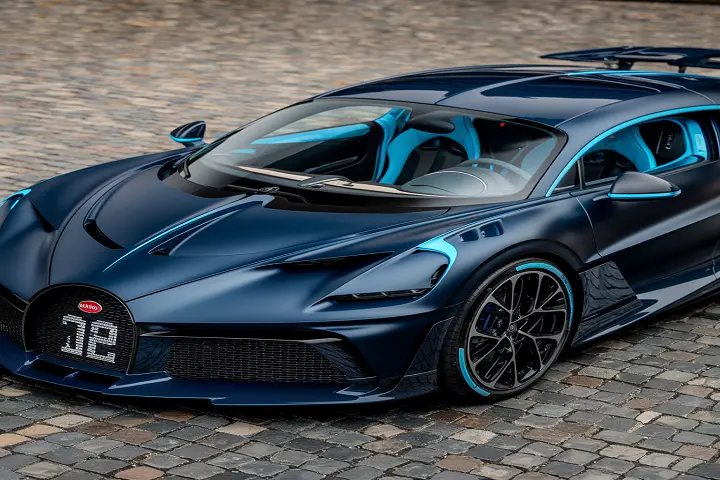
The Boat Tail’s exorbitant cost stems from several factors:
- Bespoke Craftsmanship: Each of the three Boat Tails ever made is unique, tailored to its owner’s exact specifications. This level of customization requires thousands of hours of skilled labor.
- Limited Production: Only three units were produced, making it one of the rarest cars on the planet. This exclusivity drives up the price significantly.
- Unique Features: The car boasts extravagant additions like a built-in picnic set and a parasol that extends from the rear deck. These aren’t just gimmicks; they’re meticulously engineered components that add to the car’s uniqueness.
Here’s a quick breakdown of what makes the Boat Tail so special:
| Feature | Description |
| Body | Hand-built aluminum panels, shaped and finished by master craftsmen |
| Interior | Customized to owner’s preferences, including rare wood choices and hand-stitched leather |
| Special Equipment | Refrigerator for vintage champagne, bespoke Bovet timepieces that can be worn or used as car clocks |
| Production Time | Approximately 4 years from concept to delivery |
| Engine | 6.75-liter V12 with 563 horsepower |
The Boat Tail isn’t just transportation; it’s a four-wheeled yacht, embodying the pinnacle of Rolls-Royce’s philosophy: “If it exists, it’s possible.” This car represents the culmination of over a century of luxury car-making expertise, combined with cutting-edge technology and an unwavering commitment to perfection.
What Makes a Car Ultra-Expensive?
The factors that contribute to a car’s stratospheric price tag go beyond mere transportation needs. Let’s break down the elements that elevate a vehicle to the status of the most expensive car in the world:
Rarity and Exclusivity
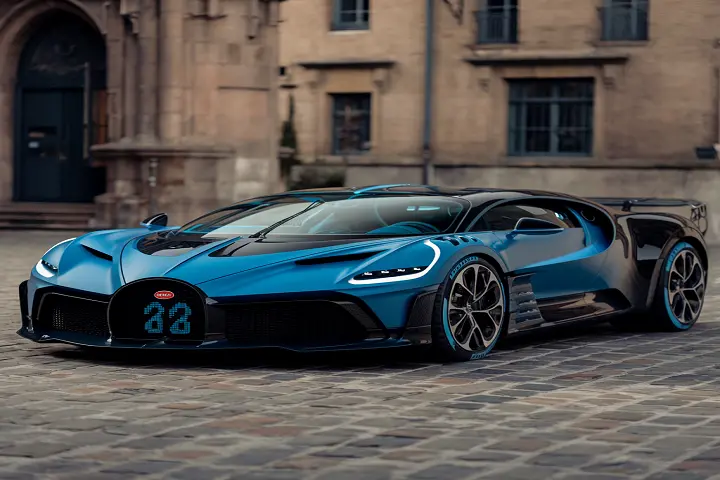
The law of supply and demand plays a crucial role. When manufacturers produce only a handful of units, each becomes a coveted collector’s item. For instance, the Bugatti La Voiture Noire is a one-off creation, instantly making it one of the rarest cars in existence.
Exclusivity is often engineered into the production process. Manufacturers may:
- Limit production to a specific number of units
- Create one-off models for select clients
- Destroy the molds and designs after production to ensure no replicas can be made
Engineering and Performance
Ultra-expensive cars often push the boundaries of what’s possible in automotive engineering. They may feature:
- Cutting-edge materials like carbon fiber and titanium
- Highly tuned engines producing massive horsepower
- Aerodynamic designs tested in wind tunnels for months
- Innovative transmission systems and suspension setups
- Groundbreaking hybrid or electric powertrains
These cars are often testbeds for technologies that may eventually trickle down to more mainstream vehicles.
Materials Used
The use of precious metals and rare materials significantly drives up the cost:
- Gold-plated accents and even entire body panels
- Diamond-encrusted dashboards and controls
- Seats upholstered with leather from specially raised cattle
- Rare woods like 1,000-year-old river oak or mahogany from protected forests
- Exotic materials like meteorite fragments or moon dust incorporated into paint or trim
Brand Prestige and Heritage
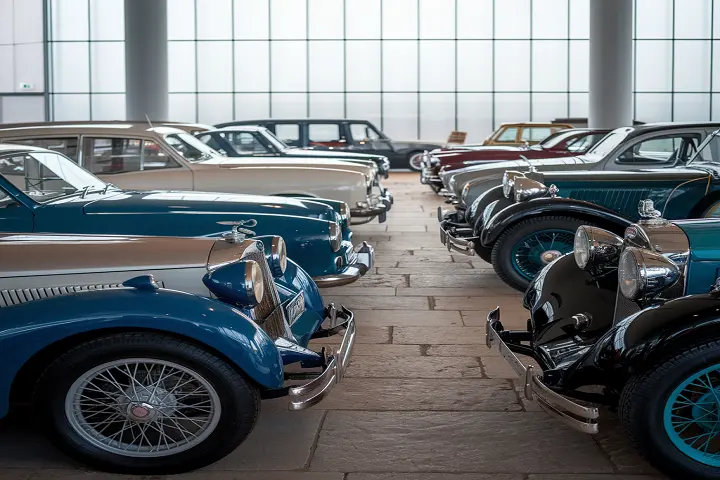
Brands like Rolls-Royce, Bugatti and Pagani carry centuries of heritage and prestige. This history and reputation factor into the price, as buyers are not just purchasing a car but a piece of automotive legacy.
The value of a brand’s heritage can be seen in the prices commanded by vintage models at auction. A classic Ferrari or Aston Martin can often fetch prices that rival or exceed those of modern supercars.
Customization Options
The ability to tailor every aspect of the car to the owner’s preferences adds substantially to the cost. From personalized paint jobs to bespoke interior trims, the options are limited only by imagination (and budget).
Customization might include:
- Paint mixed with diamond dust
- Family crests embroidered into headrests
- Hidden compartments for valuables
- Unique sound systems designed by world-renowned audio engineers
Contenders for the Crown
While the Rolls-Royce Boat Tail currently reigns supreme, several other vehicles have held or contested the title of the most expensive car in the world. Let’s look at some notable contenders:
Bugatti La Voiture Noire – $18.7 million
A modern homage to the iconic Type 57 SC Atlantic, this one-off hypercar boasts:
- 1,500 horsepower from a quad-turbocharged W16 engine
- A top speed of 261 mph
- A sleek, all-black carbon fiber body
- Six tailpipes, reminiscent of the original Atlantic
Only one was ever made, sold to an anonymous buyer, adding to its mystique and value.
Pagani Zonda HP Barchetta – $17.6 million
This open-top beauty is a testament to Pagani’s artistry:
- Limited to just three units
- 789 horsepower from a Mercedes-AMG V12 engine
- A distinctive windscreen that wraps around the cockpit
- Rear wheel fairings that give it a unique silhouette
The HP Barchetta was the swan song for the Zonda line, making it especially desirable to collectors.
Rolls-Royce Sweptail – $13 million
Before the Boat Tail, there was the Sweptail:
- Commissioned by a yacht and aircraft collector
- Features a panoramic glass roof
- Took four years to design and build
- Unique swept-tail rear inspired by racing yachts
The Sweptail paved the way for Rolls-Royce’s bespoke division to create even more exclusive models like the Boat Tail.
Bugatti Centodieci – $9 million
A modern interpretation of the Bugatti EB110:
- Limited to 10 units
- 0-62 mph in 2.4 seconds
- 1,600 horsepower from a W16 engine
- Distinctive 90s-inspired angular design
The Centodieci (Italian for 110) was created to celebrate Bugatti’s 110th anniversary.
Historical Perspective: The Evolution of Expensive Cars
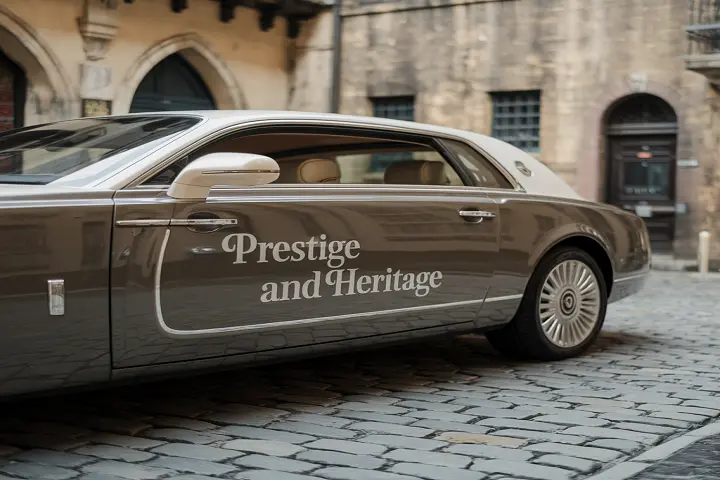
The concept of the most expensive car in the world has evolved significantly over the decades. Let’s take a trip down memory lane:
1930s: Bugatti Type 41 Royale
- Price in 1931: $43,000 (equivalent to about $700,000 today)
- Only 6 ever made
- 12.7-liter straight-eight engine
- Designed for royalty, but the Great Depression limited sales
1950s: Mercedes-Benz 300SL Gullwing
- Price in 1954: $11,000 (about $106,000 today)
- Iconic gullwing doors
- First production car with fuel injection
- Top speed of 163 mph, making it the fastest production car of its time
1980s: Ferrari F40
- Price in 1987: $400,000 (about $910,000 today)
- First production car to break 200 mph
- Turbocharged V8 engine producing 478 horsepower
- Lightweight construction with carbon fiber and Kevlar
2000s: Bugatti Veyron
- Price in 2005: $1.3 million
- Set new standards for hypercars
- 1,001 horsepower from a W16 engine
- Top speed of 253 mph, a record at the time
As we can see, the prices have increased exponentially, driven by advancements in technology, rarer materials, and a growing market of ultra-high-net-worth individuals.
The definition of “expensive” in the automotive world has shifted dramatically, with today’s top-tier hyper cars costing more than ten times what the most expensive cars of the 1980s did, even accounting for inflation.
The Buyers: Who Purchases the World’s Most Expensive Cars?

The market for the most expensive car in the world is, unsurprisingly, extremely limited. Let’s profile the typical buyers:
- Ultra-High-Net-Worth Individuals (UHNWIs): Typically with a net worth exceeding $30 million
- Royalty and Heads of State: Often purchasing for state collections or personal use
- Celebrities and Athletes: Looking for the ultimate status symbol and unique expressions of their success
- Passionate Collectors: Individuals who see these cars as investments and works of art
Motivations for Purchase
- Status Symbol: Owning the rarest and most expensive demonstrates unparalleled wealth and taste.
- Investment: Many of these cars appreciate in value over time, sometimes outperforming traditional investments.
- Passion for Automotive Art: Some buyers genuinely appreciate the engineering and design that goes into these vehicles.
- Exclusivity: The thrill of owning something that few others can have, often leading to invitations to exclusive events and clubs.
Collecting vs. Driving
Interestingly, many of the world’s most expensive cars are rarely, if ever, driven. They often serve as:
- Museum pieces in private collections
- Centerpieces at exclusive automotive shows
- Investment assets, carefully stored and maintained
Some owners, however, do enjoy taking their prized possessions out for occasional drives, often to exclusive events or private tracks.
This creates a dichotomy in the world of ultra-luxury cars: those that are treated as pure investments and those that are enjoyed as the ultimate driving machines.
Impact on the Automotive Industry

The creation of the most expensive car in the world has far-reaching effects on the broader automotive landscape:
Technological Trickle-Down
Innovations developed for these ultra-luxury vehicles often find their way into mass-market cars. Examples include:
- Carbon fiber construction techniques
- Advanced safety systems
- Efficient engine technologies
- Aerodynamic designs
- Innovative use of lightweight materials
For instance, the carbon fiber monocoque chassis, once exclusive to the most expensive supercars, is now used in more affordable sports cars and even some electric vehicles.
Marketing and Brand Positioning
Halo cars like these serve as powerful marketing tools, elevating the entire brand’s image. For instance, Bugatti’s regular production models benefit from the prestige of limited editions like the La Voiture Noire. This “halo effect” can boost sales across a brand’s entire range, justifying the enormous development costs of these flagship models.
Pushing Engineering Boundaries
The quest to create the most expensive car in the world often leads to breakthroughs in automotive engineering. These cars serve as testbeds for new technologies, materials, and manufacturing processes. For example:
- The development of more efficient and powerful engines
- Advancements in aerodynamics and vehicle dynamics
- Innovations in lightweight materials and construction techniques
Sustainability Concerns and Future Trends
As the automotive world shifts towards sustainability, even the makers of the world’s most expensive cars are adapting:
- Hybrid powertrains in hypercars, such as the Ferrari SF90 Stradale
- Research into sustainable luxury materials, including vegan leather alternatives and recycled carbon fiber
- Focus on longevity and timeless design to combat the perception of wastefulness
- Exploration of zero-emission technologies, including all-electric hypercars
Some manufacturers are even exploring carbon-neutral production processes for their most exclusive models, setting new standards for the industry.
Beyond the Price Tag: The Hidden Costs
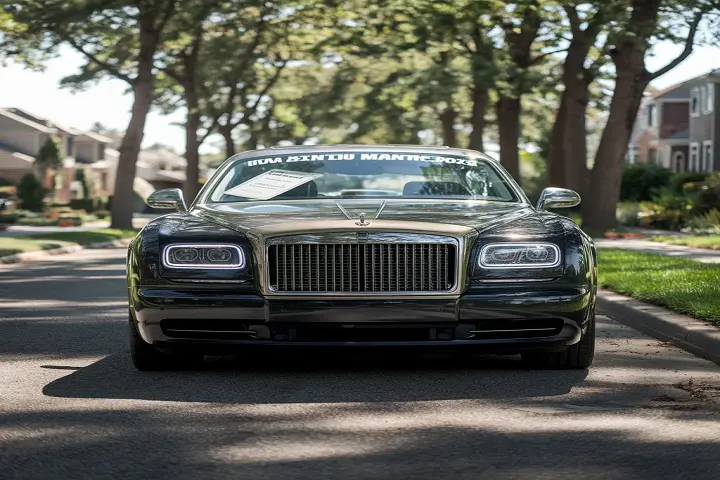
Owning the most expensive car in the world comes with additional considerations that go far beyond the initial purchase price:
Maintenance Costs
- Annual servicing can cost upwards of $20,000 for hypercars
- Replacement parts are often custom-made and extremely expensive
- Specialized technicians may need to be flown in for repairs
- Some components, like tires on Bugattis, need to be replaced every few thousand miles at enormous cost
Insurance Considerations
Insuring a multi-million dollar car is no simple task:
- Premiums can exceed $50,000 annually
- Many standard insurers won’t touch these vehicles
- Specialized collectors’ insurance is often necessary
- Some cars are so valuable that they’re essentially self-insured by their wealthy owners
Storage and Security Requirements
Protecting an investment of this magnitude requires:
- Climate-controlled garages to prevent deterioration
- 24/7 security systems with advanced monitoring
- Sometimes, dedicated security personnel
- Specialized transport vehicles for moving the car between locations
Depreciation and Market Volatility
While many ultra-expensive cars appreciate in value, this isn’t guaranteed:
- Market trends can change rapidly
- Economic downturns can affect the luxury car market
- Overproduction of “limited” models can dilute value
Usage Limitations
Owners of the world’s most expensive cars often face restrictions on how they can use their vehicles:
- Mileage limits to maintain value
- Limitations on track use for road-legal models
- Restrictions on modifications to preserve authenticity
Investment Potential: Cars as Assets
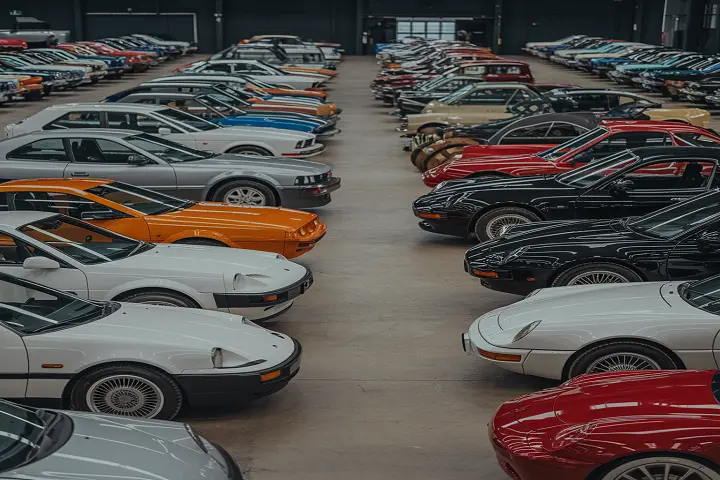
While the primary purpose of a car is transportation, at this level, they become serious investment assets:
Appreciation in Value
Many limited-edition hypercars appreciate significantly:
- The McLaren F1, originally sold for $815,000 in 1992, now fetches over $20 million at auction
- The Ferrari 250 GTO has seen its value increase by over 4,000% since the 1960s
- Some modern limited-edition cars, like the Porsche 911 R, doubled in value almost immediately after release
Notable Auction Sales
Some eye-watering prices achieved at auction:
- 1962 Ferrari 250 GTO – $48.4 million (2018)
- 1957 Ferrari 335 S – $35.7 million (2016)
- 1954 Mercedes-Benz W196 – $29.6 million (2013)
- 1956 Ferrari 290 MM – $28 million (2015)
- 1967 Ferrari 275 GTB/4*S NART Spider – $27.5 million (2013)
Risks and Considerations
Investing in ultra-expensive cars isn’t without risks:
- Market fluctuations can affect value
- Maintenance and storage costs can eat into profits
- Authenticity and provenance are crucial for value retention
- Changes in environmental regulations could impact the usability and value of certain models
Case Study: The Ferrari 250 GTO
The Ferrari 250 GTO is often cited as the ultimate automotive investment:
- Only 36 were ever made between 1962 and 1964
- Original price: $18,000
- Current value: $50-70 million
- Reasons for appreciation:
- Extreme rarity
- Racing pedigree
- Considered one of the most beautiful cars ever made
- Strong Ferrari brand cachet
This case demonstrates the potential for astronomical returns in the ultra-luxury car market, but it’s important to note that such appreciation is the exception rather than the rule.
Conclusion: The Future of Ultra-Luxury Automobiles
As we’ve explored the world of the most expensive car in the world, it’s clear that this niche market shows no signs of slowing down. With advancements in technology and an ever-growing class of ultra-wealthy individuals, we may well see a $50 million car in the near future.

With over 5 years of dedicated experience in the automotive industry, I am passionate about all things automotive. My journey began with a deep curiosity for automobiles, which led me to delve deeper into their mechanics, technology and trends. My expertise spans various aspects of the automotive world, from the latest electric vehicles to classic car restoration techniques. Through my articles, I aim to share my knowledge and insights, helping readers stay informed and inspired in the fast-paced world of the automobile.
